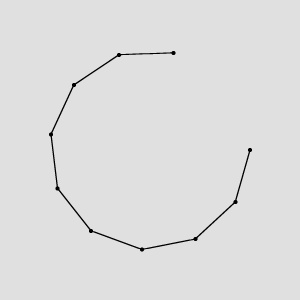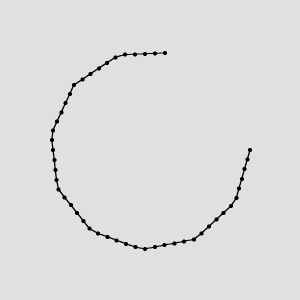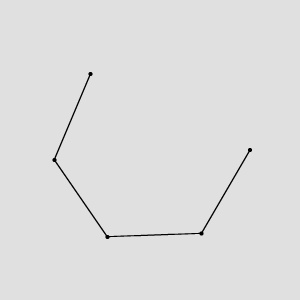You are here: Start » Function Reference » Path Global Transforms » ConvertToEquidistantPath
ConvertToEquidistantPath
Creates a new path whose characteristic points lie on the input path, but are equally spaced.
Syntax
void avl::ConvertToEquidistantPath ( const avl::Path& inPath, atl::real inStep, avl::EquidistanceType::Type inEquidistanceType, avl::Path& outPath )
Parameters
| Name | Type | Range | Default | Description | |
|---|---|---|---|---|---|
 |
inPath | const Path& | Input path | ||
 |
inStep | real | 0.0 -  |
1.0f | Requested distance between consecutive points |
 |
inEquidistanceType | EquidistanceType::Type | Defines how the distance is measured | ||
 |
outPath | Path& | Output path |
Description
The operation follows a path from its beginning to the end, reselecting its characteristic points every inStep pixels. Note that this operation can significantly change the shape of a path, especially when the inStep value is relatively big.
To reduce the number of points in a path preserving its shape, one can use ReducePath filter.
Examples
 |
 |
ConvertToEquidistantPath run on the sample path with inStep = 10 and inEquidistanceType = OutputPathEquidistance.
 |
 |
ConvertToEquidistantPath run on the sample path with inStep = 100 and inEquidistanceType = OutputPathEquidistance.
Errors
| Error type | Description |
|---|---|
| DomainError | inStep has to be positive in ConvertToEquidistantPath. |


